For locations struggling with daily traffic congestion and long travel intervals, smart technologies can help preserve time, energy, and lives. These next-gen systems incorporate sensing, video capture, and connection technologies to optimize traffic facilities.
The resulting intelligent transfer system (ITS) collects, evaluates, and sends data regarding roadway conditions, rerouting, disaster services the usage, and other factors that have an effect on technologytraffic.com/2022/04/28/turning-to-data-room-to-gain-a-competitive-advantage-in-ma traffic and sustainability. The system may be implemented at the device level or in a central traffic management center to reduce congestion, improve security and safety, and front the way for a greener long term.
In Colorado, for example , CDOT’s ITS has been used to path snow and ice build-up so it can easily alert motorists with highway digital signs and change accelerate limits consequently. It’s also being used to detect auto accidents, and provide advice about the location of accidents to emergency services for the purpose of rapid response.
The system’s smart application identifies the type of traffic going toward or through an intersection, and provides the right amount of green light the perfect time to each. It may even recognize pedestrians and bicycles, too seeing that calculate intersection efficiency depending on turning moves, vehicle matters, and other elements.
Modern receptors capture current traffic info using technology like radar, computer eye-sight, and the ability to receive car data in C-V2X or perhaps DSRC codecs. The data can now be pre-processed on the device, or sent to a cloud-based targeted traffic management system. An individual traffic management can save vast amounts of gallons of fuel and minimize harmful emissions by enhancing the visitors infrastructure.


Recent Comments